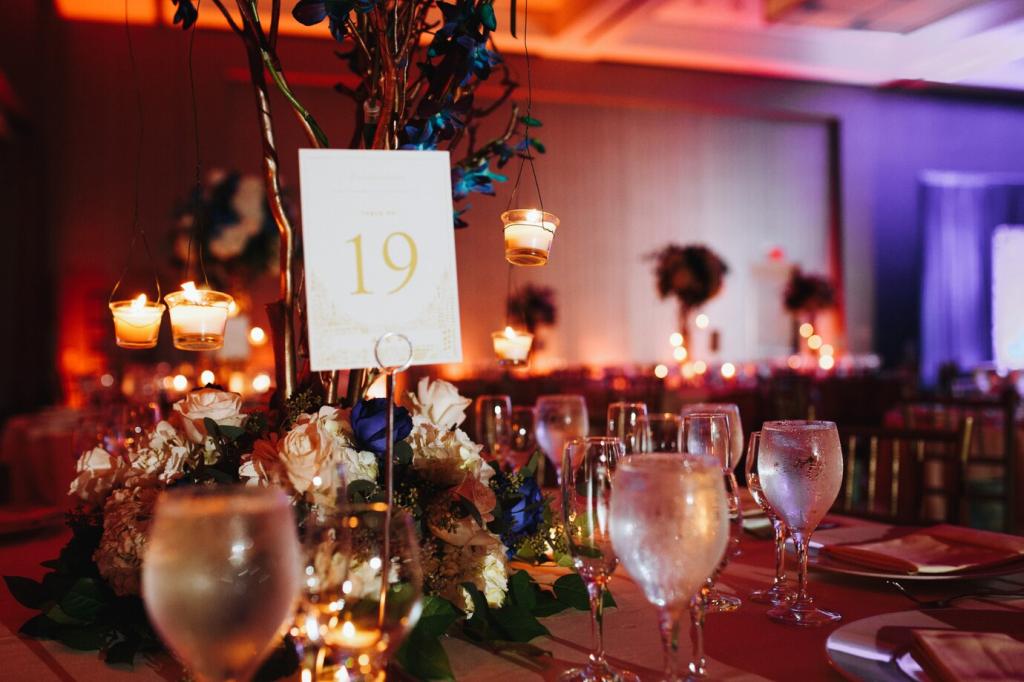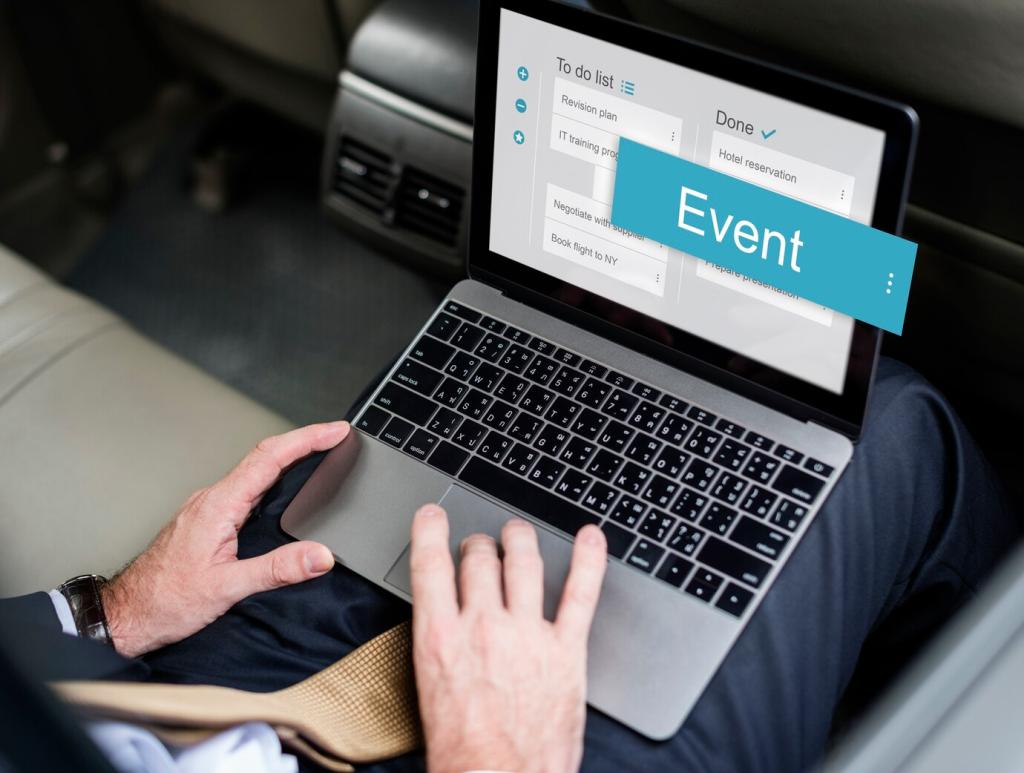
Project Management Tools for Event Planners
Chosen theme: Project Management Tools for Event Planners. Welcome to a friendly hub where timelines, budgets, and vendor chaos become calm, coordinated progress. We’ll explore practical workflows, real stories from the field, and tips to make your next event smoother, smarter, and more collaborative. Subscribe and share your go-to tools—your insights help the entire community thrive.





Timelines, Milestones, and the Magic of Gantt and Kanban
Break the event into phases—venue, speakers, production, marketing, and on-site—in a Gantt chart that reveals what must happen first. Identify tasks with zero float and protect them with buffers. When you see your true critical path, you schedule rehearsals and approvals with the confidence planners crave.
Timelines, Milestones, and the Magic of Gantt and Kanban
Some teammates think in lists, others in boards, and some love timelines. Use Kanban for daily execution and Gantt for long-range visibility. Switching views on the same data keeps everyone aligned without duplicating effort, so stakeholders get clarity in the format they understand best.
Vendor and Stakeholder Collaboration Made Simple
Invite vendors into project portals with role-based permissions. They see only what they need—purchase orders, timelines, deliverables—and you keep sensitive budgets private. Fewer emails, fewer surprises, and a clearer record of who promised what, and when, keeps relationships professional and productive.
Budgets, Contracts, and Risk Tracking You Can Trust
Connect estimates, purchase orders, and invoices to tasks. Your dashboard shows forecast, committed, and actual spend, so scope changes are visible in real time. Event planners avoid awkward surprises, and finance appreciates clean documentation that’s audit-ready and easy to reconcile after the show.


Budgets, Contracts, and Risk Tracking You Can Trust
Use reminders for payment schedules, cancellation windows, insurance certificates, and force majeure clauses. Assign owners to each obligation and tie them to calendar dates. This turns dusty PDFs into actionable checkpoints, ensuring commitments are honored and penalties avoided, even when timelines tighten unexpectedly.
On-Site Execution with Dashboards and Mobile Apps
Run-of-Show That Lives in Your Pocket
Give stage managers, tech leads, and volunteers a mobile run-of-show with minute-by-minute cues, contacts, and maps. QR codes link to floor plans and vendor hotlines. When delays happen, push a revised cue sheet in seconds, and keep the audience blissfully unaware behind the scenes.
Issue Tracking in Real Time
Log incidents—power, signage, catering—as tickets with priority labels and owners. Photos and quick notes help remote leads triage instantly. Closing the loop on-site builds trust and creates a valuable post-mortem dataset you can analyze to prevent repeat problems at the next event.
Offline-First Reliability
Choose tools with offline modes for ballrooms and tents where Wi‑Fi falters. Local syncing preserves checklists and contact details, then updates when signals return. If you’ve battled dead zones, share your offline hacks so other planners can keep moving when networks don’t cooperate.
Reporting, Analytics, and Post-Event Debriefs

Dashboards That Matter
Visualize key metrics like task completion rates, budget variance, vendor response times, and attendee feedback trends. Keep it simple and actionable. Executive summaries should answer what worked, what didn’t, and where to invest next season, without drowning stakeholders in unnecessary detail.

Structured Debrief Templates
Host a debrief with a consistent agenda—planning timeline, vendor performance, attendee experience, logistics, and risk outcomes. Attach artifacts like final schedules, change logs, and photo evidence. Standardized templates turn lessons into institutional knowledge, so new team members ramp faster and repeat mistakes fade away.

Community Knowledge Sharing
Post your top three takeaways to our community thread and compare tool setups with peers. Which dashboards resonated with sponsors? Which automation saved the most time? Your stories fuel better practices across the industry, so subscribe and keep the conversation honest, practical, and generous.
Permissions and Privacy by Design
Adopt role-based access, audit trails, and data retention policies that satisfy sponsor and attendee expectations. Keep personal information compartmentalized and document who can view contracts, budgets, and guest lists. Clear boundaries reduce risk and raise confidence during vendor onboarding and stakeholder reviews.
Templates That Scale Gracefully
Create reusable project templates for event types—trade shows, galas, product launches—with prebuilt tasks, risks, budgets, and checklists. Scaling becomes duplication plus thoughtful tweaks, not rebuilding from scratch. Share your favorite template components so others can refine and reuse them, too.
Training and Adoption That Stick
Pair short, role-specific training with embedded tooltips and office hours. Celebrate quick wins—like automated approvals or clean vendor records—to build momentum. Invite readers to comment with adoption roadblocks they’ve faced; we’ll publish practical solutions from the community in an upcoming guide.
